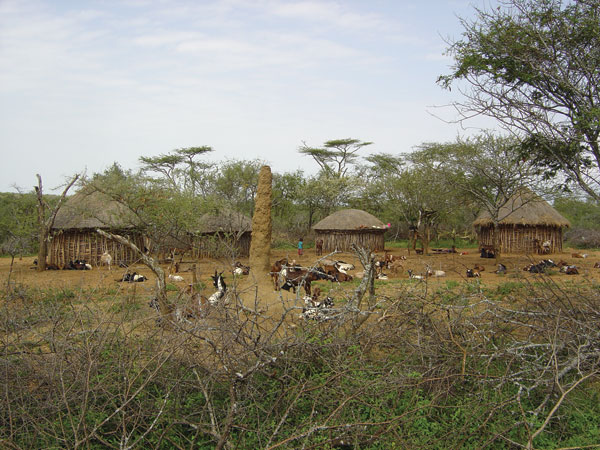Volume 13, Number 3—March 2007
Letter
Kala-azar Control, Uganda
Figure

Figure. A large termite mound occupies the central area of this characteristic Pokot compound. The mound provides a resting and breeding site for the sandly vector of visceral leishmaniasis. Photographer: J.H. Kolaczinski.
Page created: July 08, 2010
Page updated: July 08, 2010
Page reviewed: July 08, 2010
The conclusions, findings, and opinions expressed by authors contributing to this journal do not necessarily reflect the official position of the U.S. Department of Health and Human Services, the Public Health Service, the Centers for Disease Control and Prevention, or the authors' affiliated institutions. Use of trade names is for identification only and does not imply endorsement by any of the groups named above.